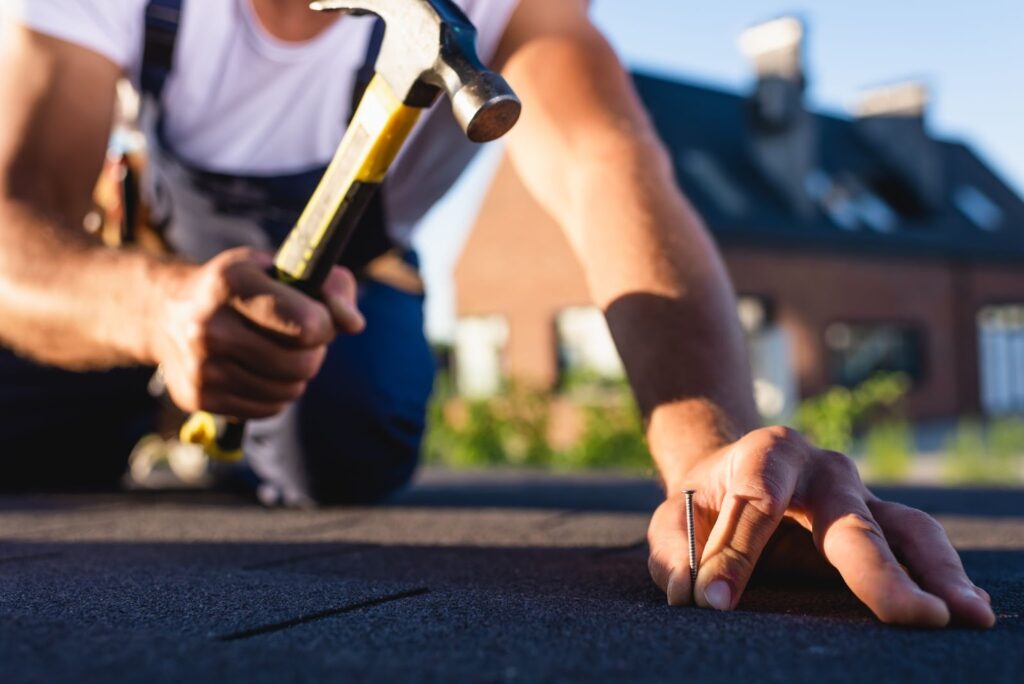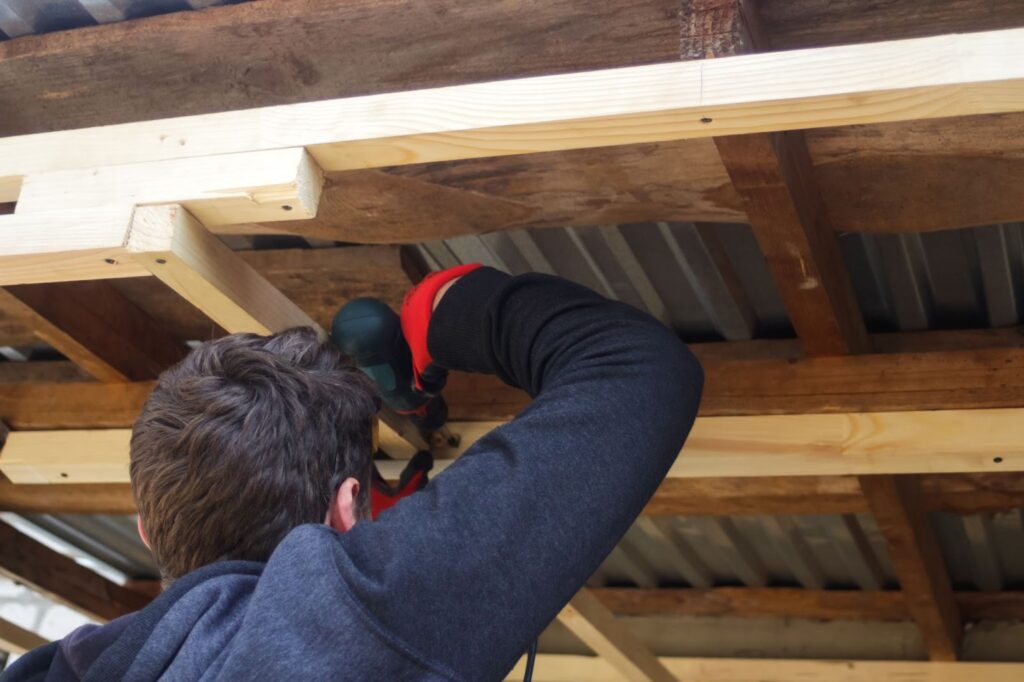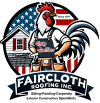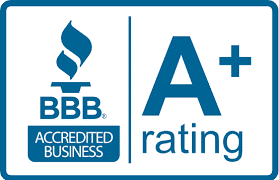
A home’s protection begins with the roof, yet shingles often go unnoticed until they show damage. Cracked or missing shingles can quickly compromise insulation and allow moisture to seep in. These minor problems soon escalate into expensive structural repairs that affect comfort and property value. Professional roof shingle repair provides an exact, structured method that restores strength, improves durability, and keeps every home safe for years.
Understanding Roof Shingle Damage
Roof shingles are constantly exposed to wind, rain, and sunlight, gradually weakening their protective surface. Understanding the sources of damage helps homeowners detect issues before they spread. Regular inspections and prompt repairs prevent long-term decay and costly roof replacements. Professional roofers use this understanding to plan the right repair strategy for each situation.
Common Causes of Roof Shingle Damage
Roof shingles deteriorate from environmental stress, poor installation, and age. Continuous exposure to sunlight causes the asphalt layer to dry out and crack. Wind can lift edges and create entry points for water. Rain and humidity lead to algae growth, softening and staining shingles over time. Similarly, improper ventilation traps heat in the attic, accelerating wear from the inside out. Knowing these causes helps property owners anticipate damage and schedule timely repairs.
Signs You Need Roof Shingle Repair
Roof damage often starts small, but visible warning signs appear quickly. Curling or buckling shingles indicates trapped moisture beneath the surface. Missing or loose shingles expose the underlayment, leading to leaks and wood rot. Granules in gutters suggest that the protective surface is wearing away. Discoloration or sagging sections signal potential water damage in the roof deck. Identifying these signs early gives homeowners a head start before more extensive damage develops.
How Shingle Type Affects Wear
Each roofing material responds differently to weather exposure. Asphalt shingles are affordable but lose flexibility after years of sun exposure. Wood shakes look natural, but absorb moisture if not properly sealed. Metal shingles resist wind yet loosen at joints when fasteners corrode. Slate or tile shingles last longer but may crack from heavy debris impact. Understanding these variations helps roofers recommend materials suited to the local climate and budget.
Preparing for Roof Shingle Repair
Preparation determines the quality and safety of every roof repair. Professionals plan each step carefully to avoid mistakes that might weaken the structure. Checking tools, materials, and weather conditions ensures a smooth process. Proper preparation helps roofers complete the repair efficiently and without unnecessary disruption.
Safety First
Safety is always the top concern in roof repair work. Roofers wear non-slip boots, gloves, and helmets to prevent injuries. Harnesses and ropes keep workers secure when handling steep or wet surfaces. They inspect ladders and ensure they rest on stable ground before climbing. Additionally, repairs are scheduled during dry, mild weather to avoid risks from wind or rain. Having a second person on site provides assistance and an extra layer of safety.
Gathering Tools and Materials
A well-equipped roofer works faster and avoids interruptions. Essential tools include pry bars, roofing hammers, utility knives, and sealant applicators. Replacement shingles must match the existing ones in color and size for a consistent finish. Roofing cement and waterproof sealant create strong, weatherproof bonds. Professionals also keep underlayment patches on hand to address minor deck issues during repairs. This readiness minimizes downtime and ensures lasting results.
Checking Weather and Roof Conditions
The weather directly affects the quality of roof shingle repairs. Rain, humidity, or extreme temperatures interfere with adhesives and materials. Professionals constantly review forecasts and choose conditions that support proper bonding. They also inspect roof slopes, flashing, and ventilation systems before work begins. This early assessment prevents wasted effort and ensures the repair protects against future weather challenges.

Step-By-Step Roof Shingle Repair Process
Professional roof shingle repair follows a systematic, detailed process that restores strength and appearance. Each phase builds on the previous one to create a durable, watertight finish. Roofers rely on tested methods and precision to ensure no detail is overlooked. The final result is a smooth, cohesive surface that withstands future weather conditions.
Step 1: Inspecting the Roof Surface
The process begins with a complete roof inspection to identify all problem areas. Roofers check for curled, cracked, or missing shingles that indicate deeper wear. They also examine flashing, ridge caps, and joints where leaks often form. Moisture meters help detect hidden dampness beneath the surface. Additionally, professionals look for soft or spongy decking that may require reinforcement. This thorough evaluation forms the basis of an accurate and efficient repair plan.
Step 2: Removing Damaged Shingles
Damaged shingles must be removed without harming the surrounding ones. Roofers gently lift the overlapping tabs to expose the nails securing each shingle. Using a pry bar, they carefully pull the nails and slide out the damaged piece. They clean away leftover sealant or debris to ensure a flat working surface. This careful removal prevents cracks or tearing in nearby shingles. It also ensures that the new shingles fit snugly and look uniform.
Step 3: Repairing the Roof Deck
Beneath the shingles, the deck provides the structural foundation for the roof. Professionals check it for signs of rot, mold, or warping caused by leaks. If any sections feel soft or unstable, replace or reinforce them with new wood panels. This step guarantees a solid base for the new shingles. Additionally, roofers inspect the underlayment for tears and apply patches if necessary. A strong deck ensures the entire roof remains stable and long-lasting.
Step 4: Installing New Shingles
The new shingles are installed in precise alignment with the existing rows. Roofers secure them with roofing nails driven just below the tar line for a tight hold. They apply roofing cement beneath each tab to create a water-resistant seal. Every shingle must sit flush without gaps or raised edges that could catch wind. Matching color and texture helps blend the repaired area seamlessly. Careful placement gives the roof a uniform look and restores its complete protection.
Step 5: Sealing and Final Touches
The final phase focuses on securing and sealing the repaired area. Roofers cover exposed nail heads with cement and reinforce joints with extra sealant. Press each shingle firmly to activate adhesive strips and create a tight seal. Afterward, they remove leftover debris, nails, or granules to maintain drainage. The repaired surface is inspected again to confirm smooth alignment. This attention to finishing details prevents leaks and improves the roof’s overall resilience.
Professional vs. DIY Roof Shingle Repair
Homeowners often weigh the difference between fixing shingles themselves and hiring professionals. While minor issues can be managed independently, professional work offers long-term value and security. The key lies in understanding the limits of do-it-yourself solutions. Professional roof shingle repair ensures precision, safety, and reliable performance.
When DIY Roof Repairs Work
Simple repairs, like replacing a single shingle, may be manageable for skilled homeowners. Flat, accessible areas reduce risks associated with height and slope. With proper tools and instructions, these minor tasks restore short-term protection. However, without professional experience, it’s easy to overlook deeper damage. Improper sealing or alignment may lead to leaks during the next storm. Even minor repairs should be approached cautiously to avoid further deterioration.
Advantages of Professional Roof Repair
Hiring a licensed roofer guarantees expertise and lasting results. Professionals use specialized tools and follow precise repair techniques that meet building standards. They also identify hidden structural issues that untrained eyes might miss. Contractors often provide warranties that cover labor and materials, adding peace of mind. Additionally, their repairs improve energy efficiency and reduce long-term maintenance costs. The investment in skilled work pays off through durability and protection.
Maintenance Tips After Roof Shingle Repair
A properly repaired roof stays strong with consistent maintenance. Neglecting simple upkeep can cause minor wear to escalate into larger repairs. Regular cleaning, inspections, and ventilation management keep the roof functioning well. Ongoing care helps maintain both appearance and structure over the years.
Conduct Regular Roof Inspections
Inspecting the roof periodically keeps minor problems from growing unnoticed. After heavy rain or storms, homeowners should look for missing or loose shingles. Using binoculars or hiring an inspector provides a thorough, safe view. Keeping a simple log helps track when each area was checked. These inspections help maintain stability and identify minor defects. Over time, this habit protects the roof’s integrity and the home’s value.
Clean and Prevent Debris Build-Up
Leaves, dirt, and branches collect on roofs and block water flow. This buildup traps moisture, leading to rot or mold underneath the shingles. Cleaning gutters and valleys helps maintain smooth drainage paths. A soft broom or blower instead of a pressure washer avoids granule damage. Trimming overhanging branches reduces future debris accumulation. A clean roof allows air circulation and prevents hidden moisture issues.
Maintain Ventilation and Insulation
Proper ventilation prevents heat and humidity from weakening shingles. Attic vents and exhaust fans help regulate airflow, keeping temperatures steady. Without this balance, shingles dry out or curl from trapped heat. Roofers often check vent openings to confirm they remain unobstructed. Insulation also prevents condensation that can soak into decking materials. Together, ventilation and insulation sustain roof health throughout the year.
Roof Shingle Repair for Long-Term Protection
Professional roof repair secures the entire home by strengthening its upper barrier. A durable, watertight roof resists storms and maintains indoor comfort. Repairs that address both shingles and structure add longevity to the property. This balance of maintenance and craftsmanship protects the home for decades.
Benefits of Timely Roof Repair
Repairing shingles promptly prevents leaks from reaching interior spaces. It helps avoid mold, insulation loss, and weakened beams. Proper sealing keeps air from escaping, lowering heating and cooling costs. Additionally, a well-maintained roof enhances curb appeal and resale value. Homeowners gain both safety and financial return through consistent upkeep. The earlier damage is handled, the less costly future repairs become.
Extending Roof Life Through Care
Routine attention and minor fixes extend the lifespan of any roofing system. Cleaning, inspection, and resealing maintain strength through seasonal changes. Replacing cracked shingles prevents uneven stress and water intrusion. Professionals recommend at least one inspection each year to detect hidden wear. Regular care helps roofs last decades beyond their expected life. Consistency keeps every layer performing its role effectively.
Strengthen Home Safety With Quality Roof Shingle Repair
A strong roof protects more than your home; it protects your peace of mind. Every shingle replaced with care restores safety, energy efficiency, and lasting value. Ignoring minor roof wear allows costly problems to grow unnoticed. Choosing expert roof shingle repair today reinforces your home’s foundation and keeps every storm outside where it belongs.
Stay informed with Faircloth Roofing, Inc. blog —your trusted source for practical roofing knowledge, trends, and homeowner guidance.






